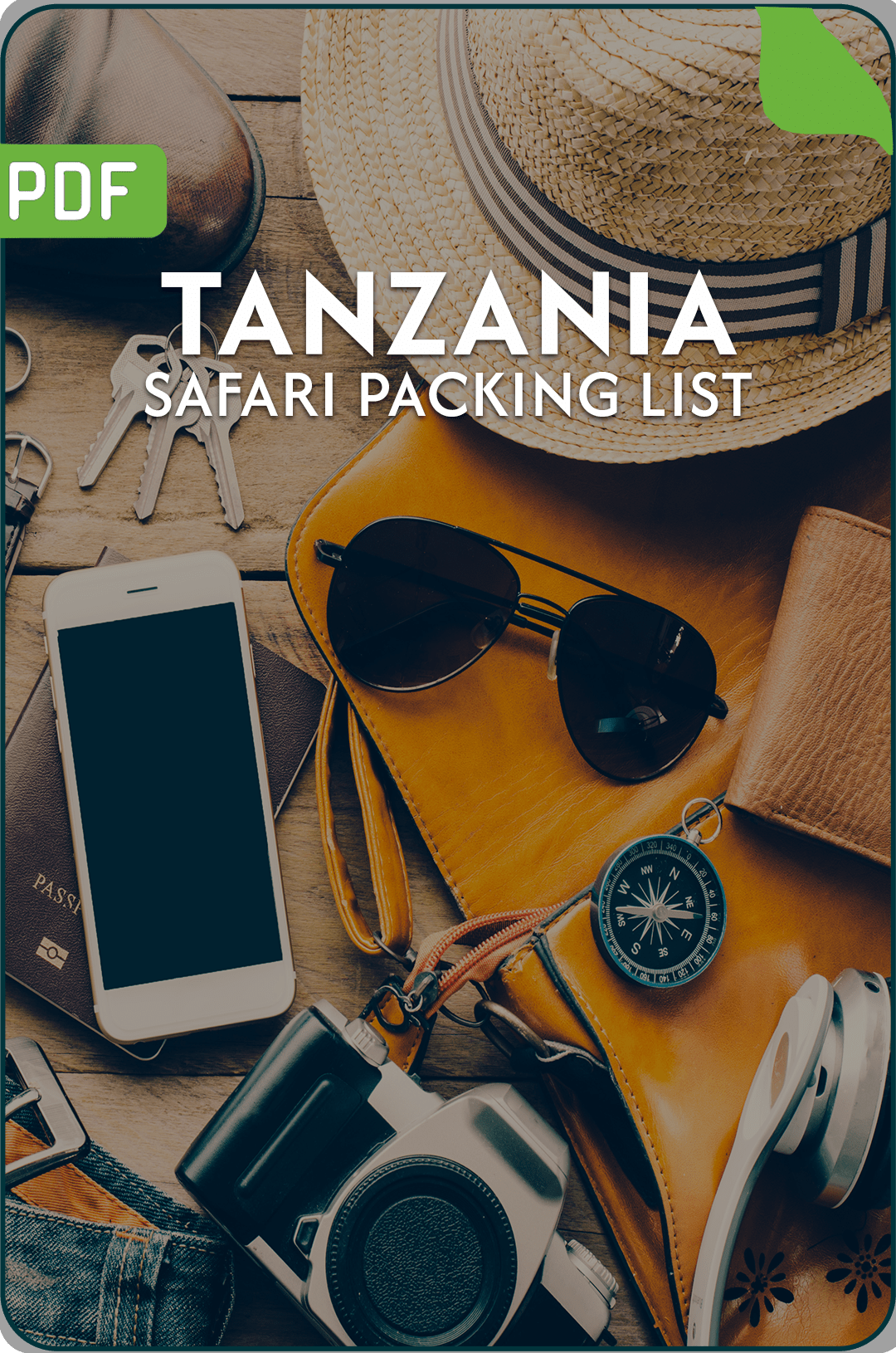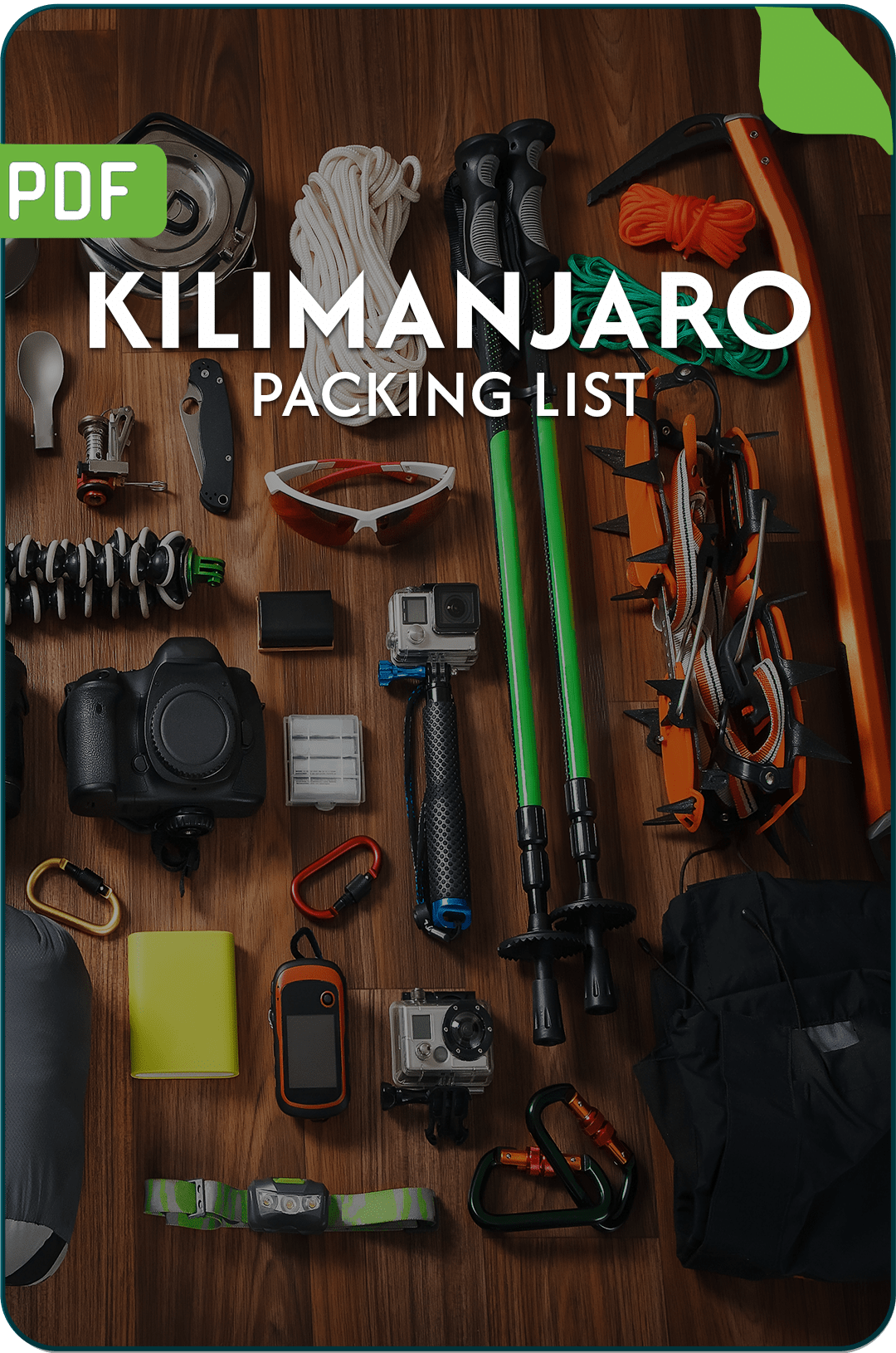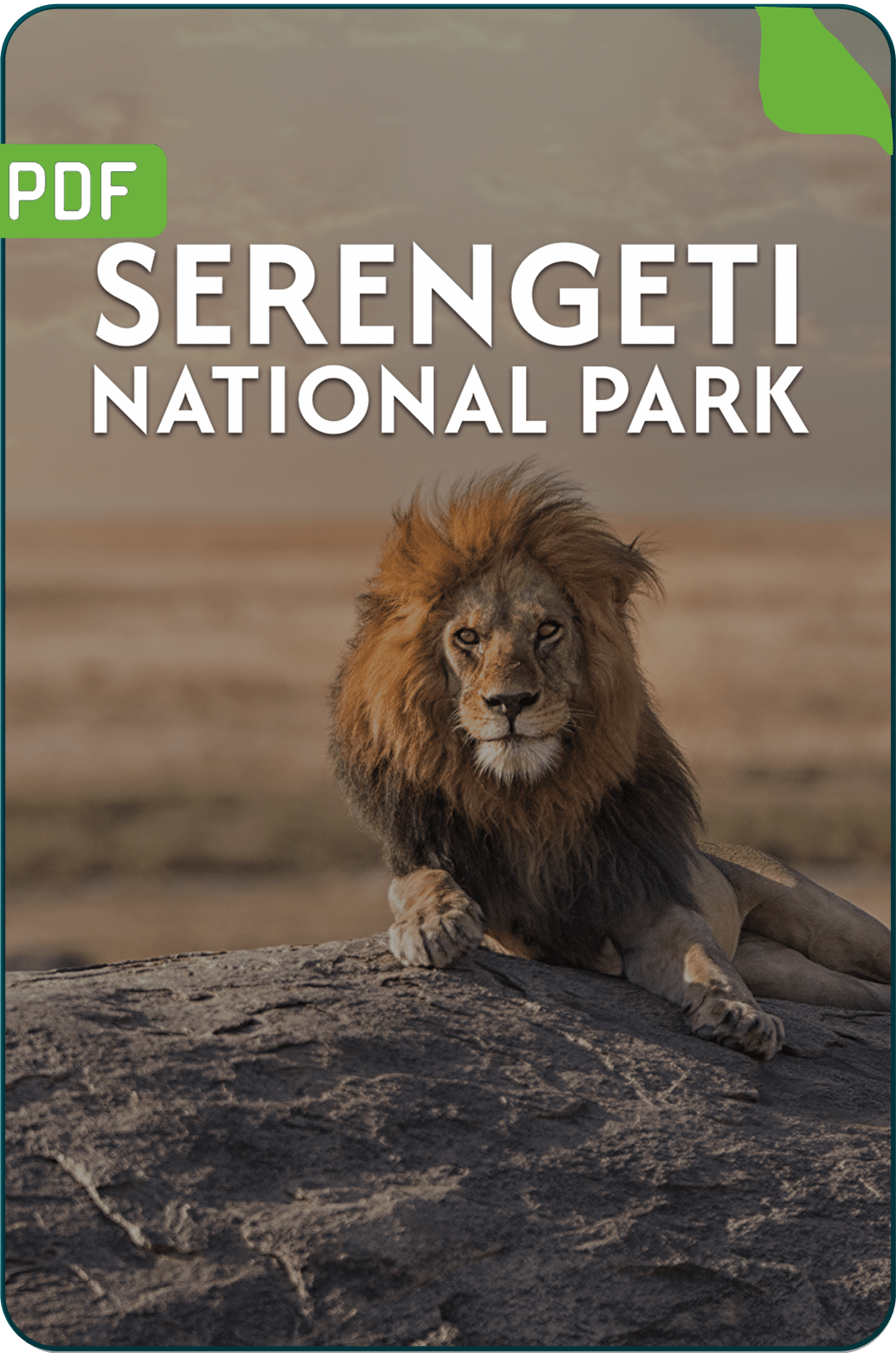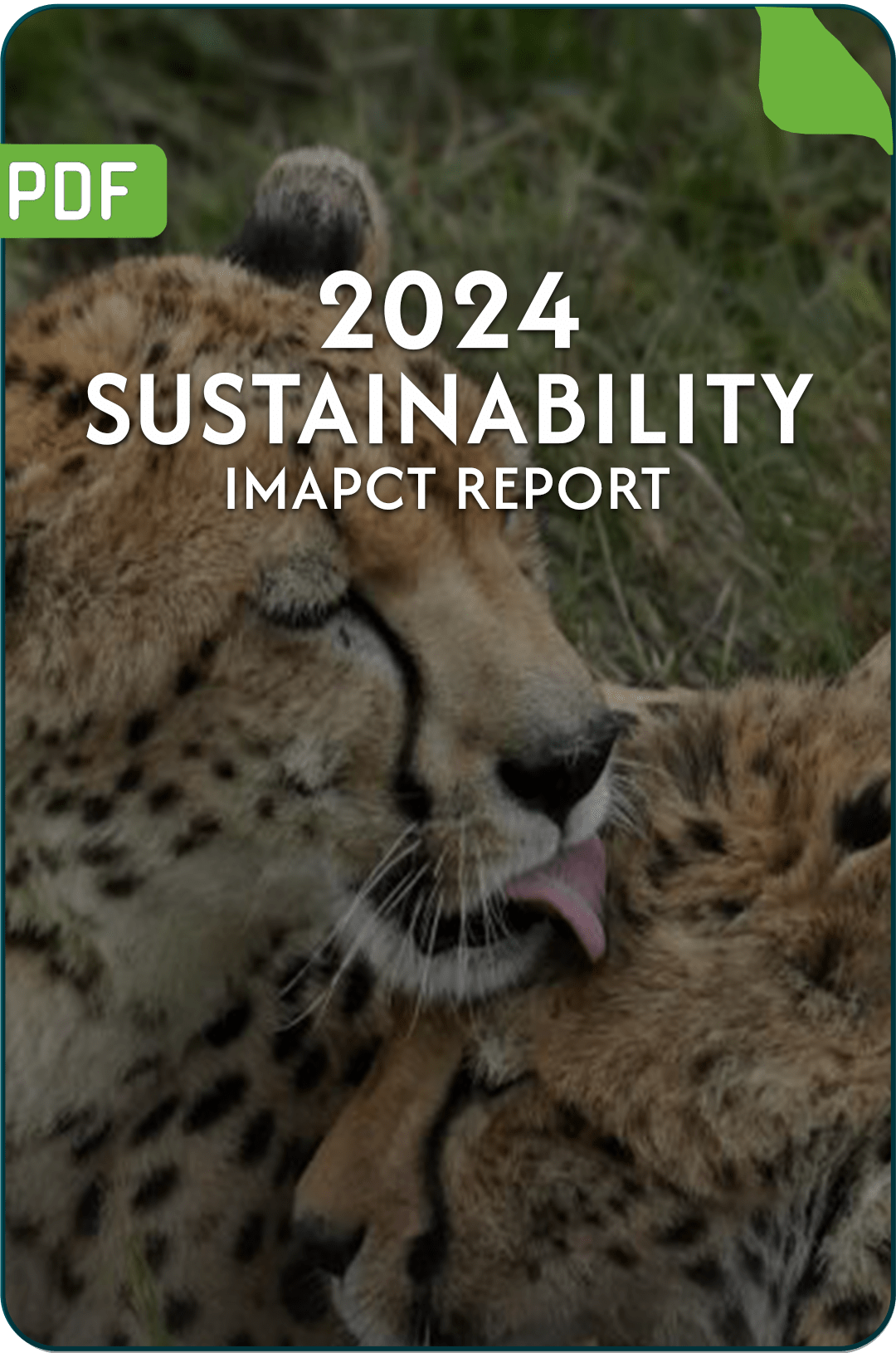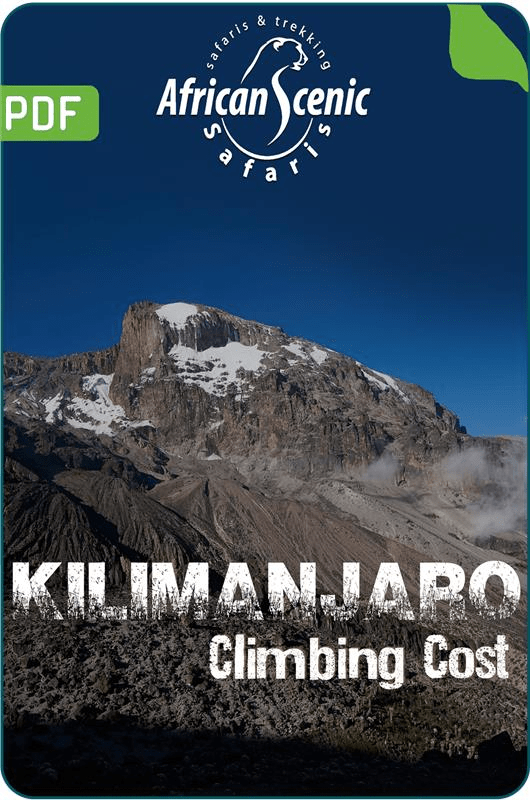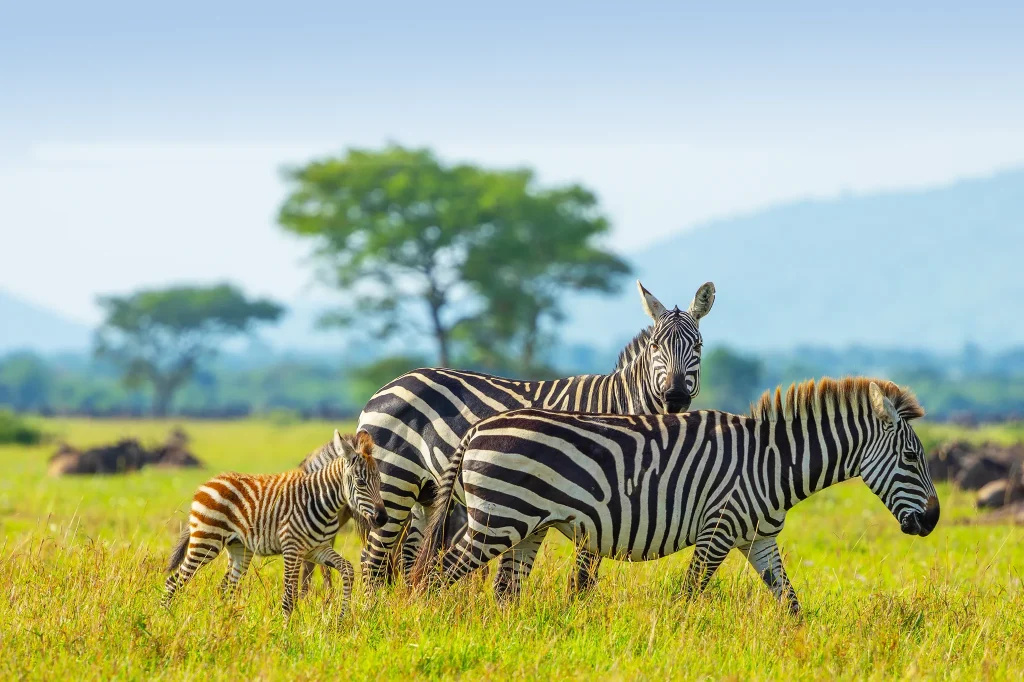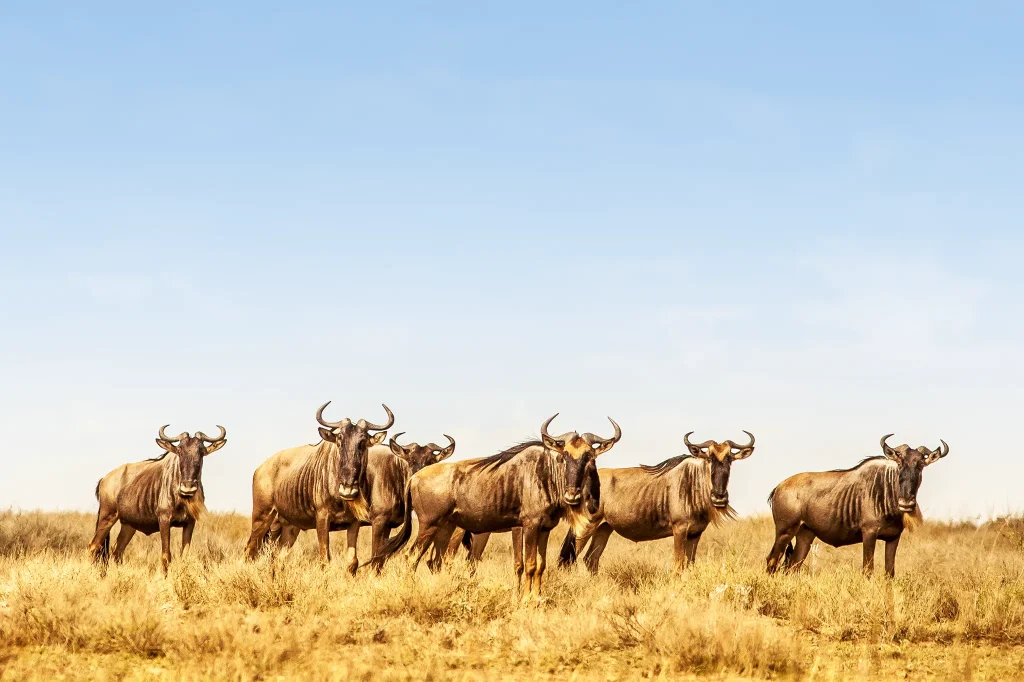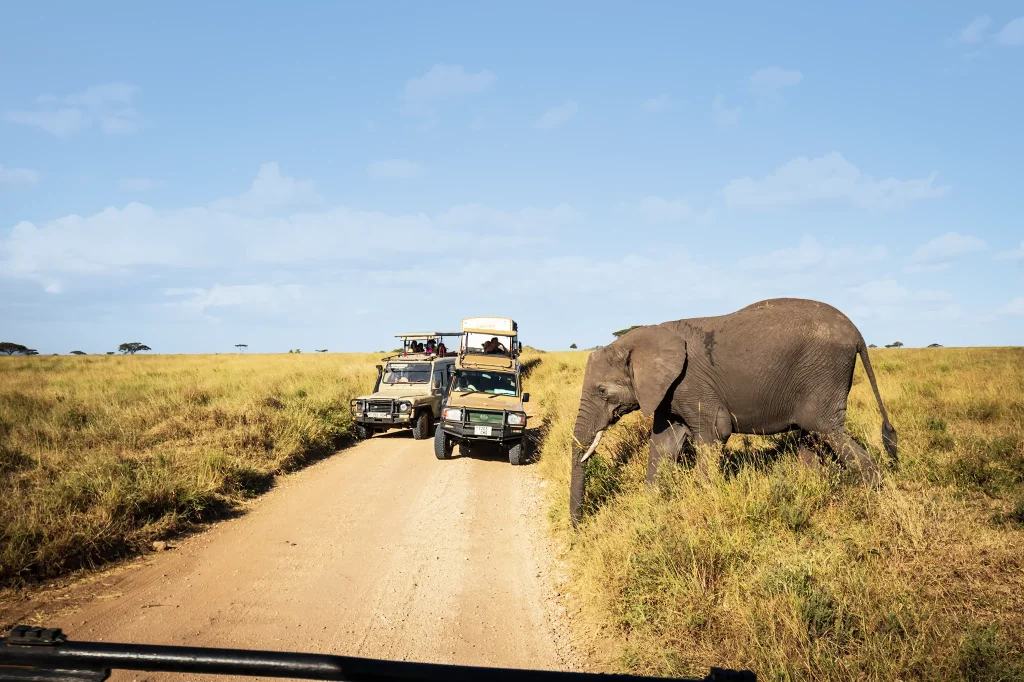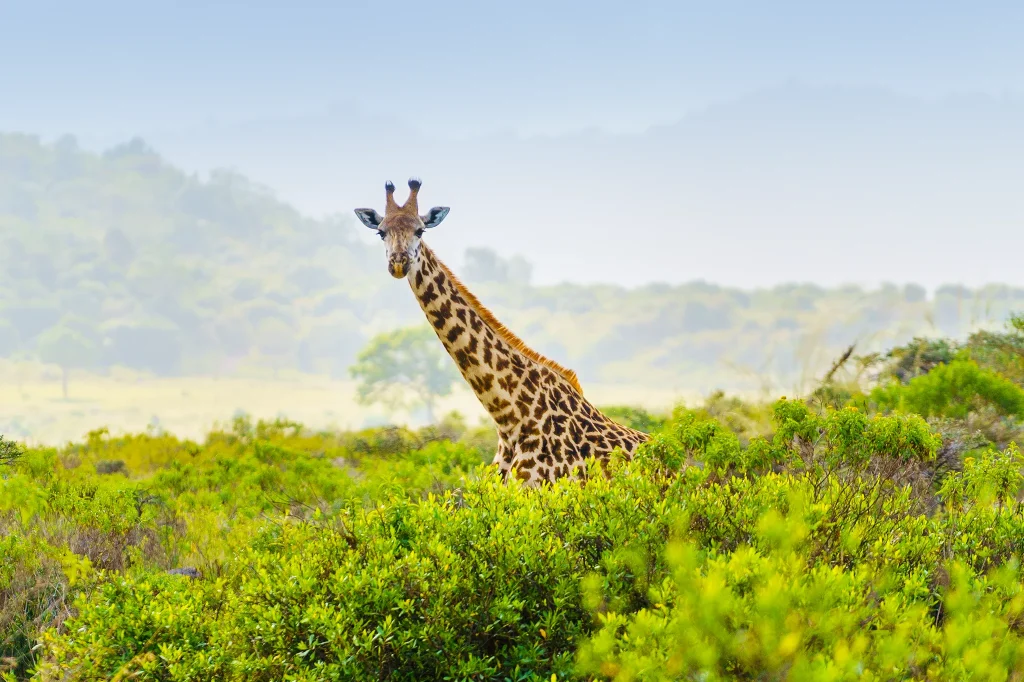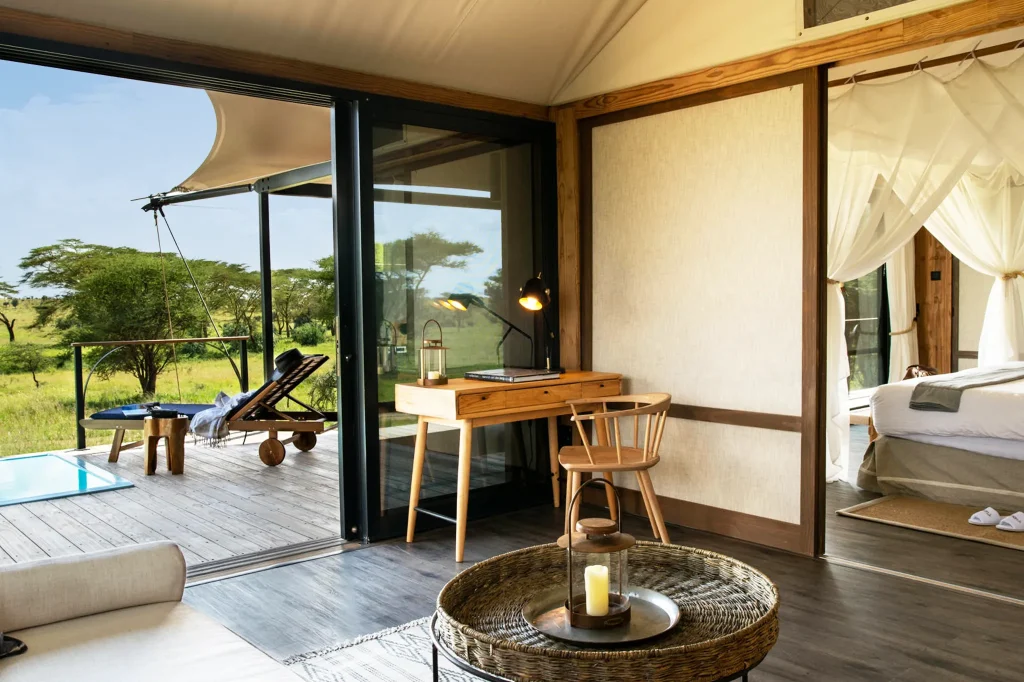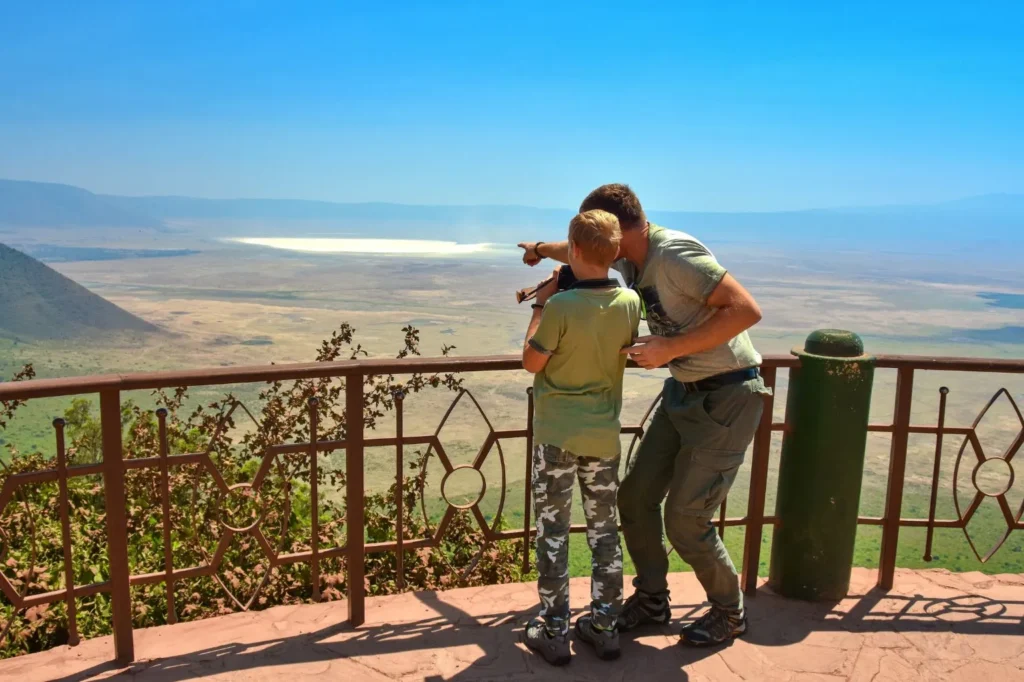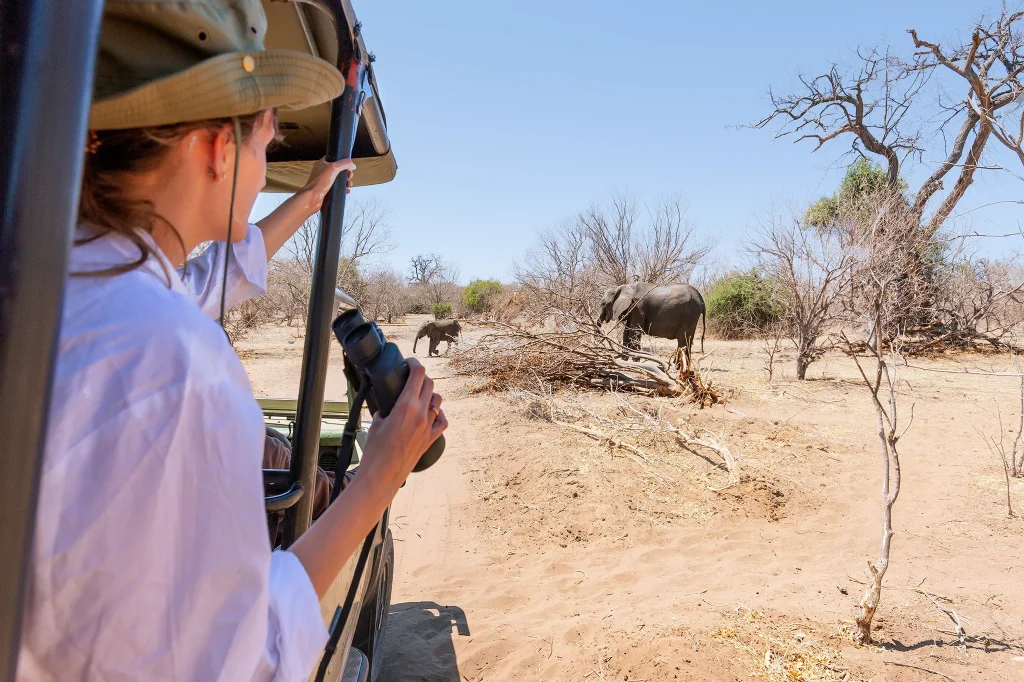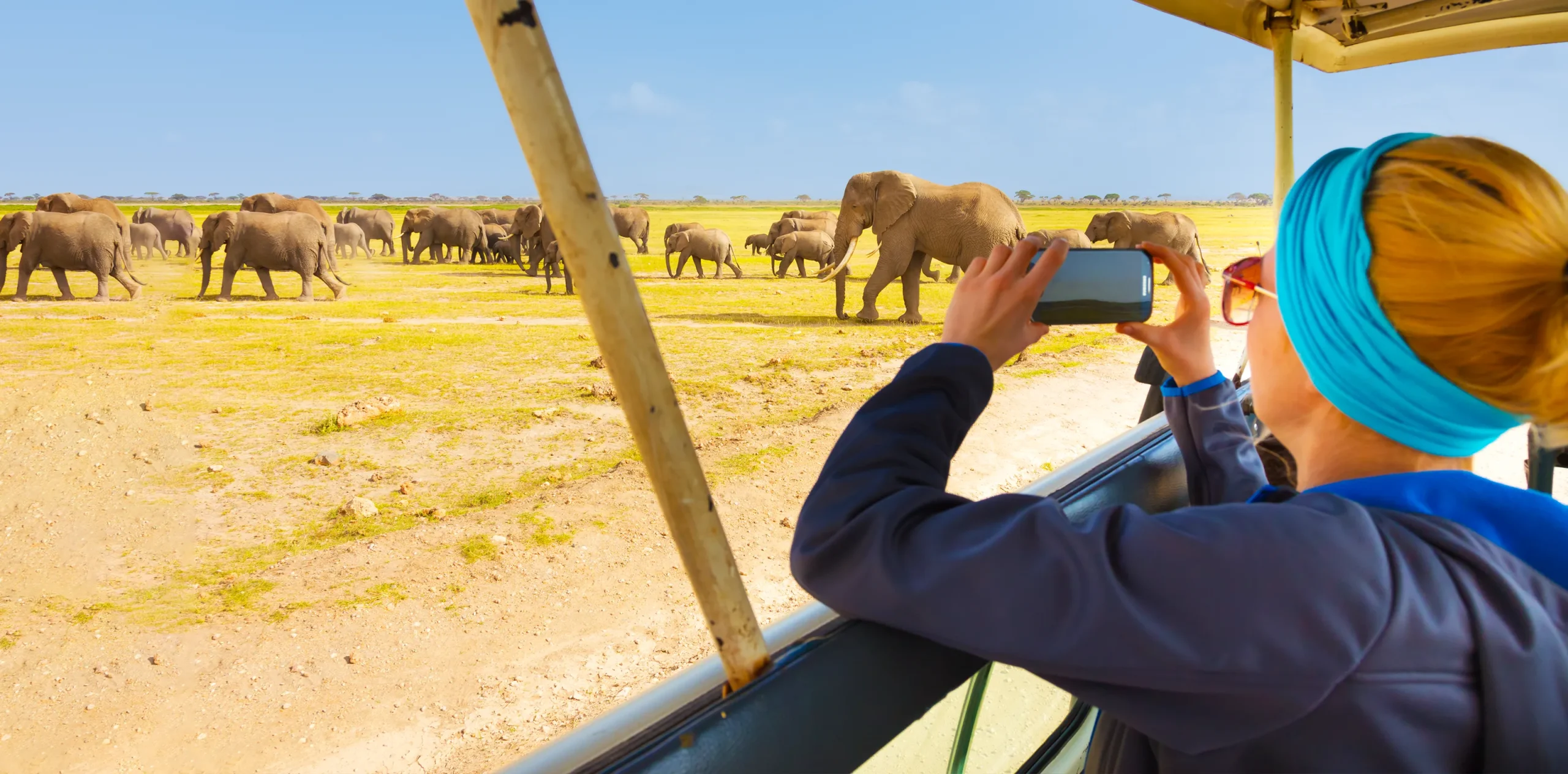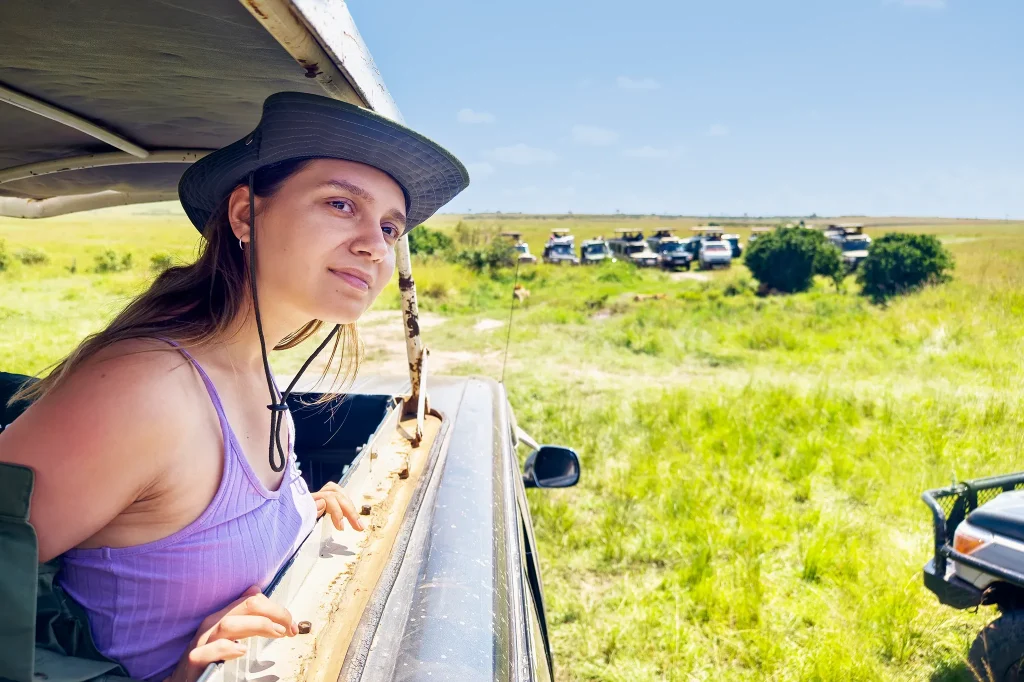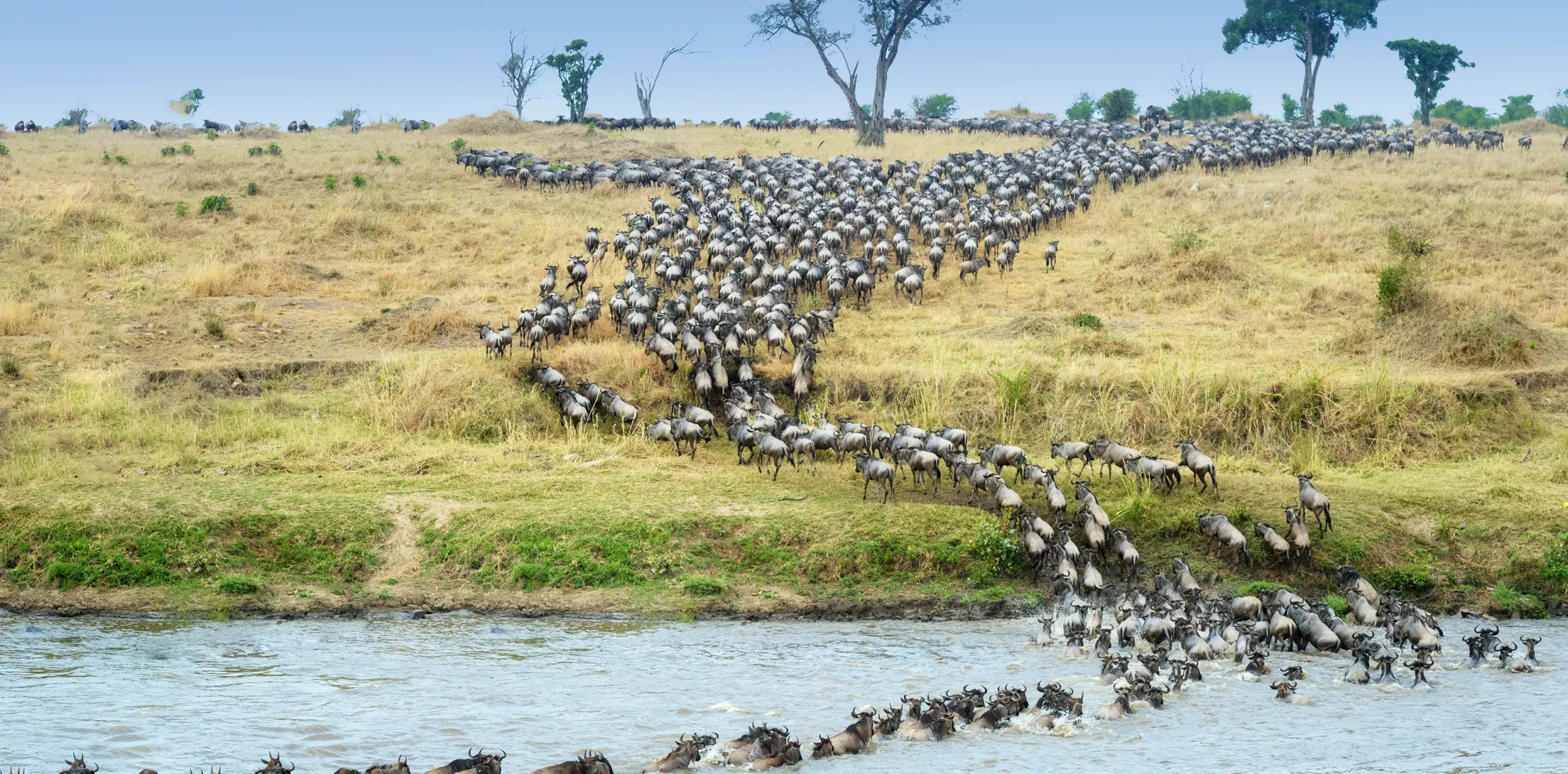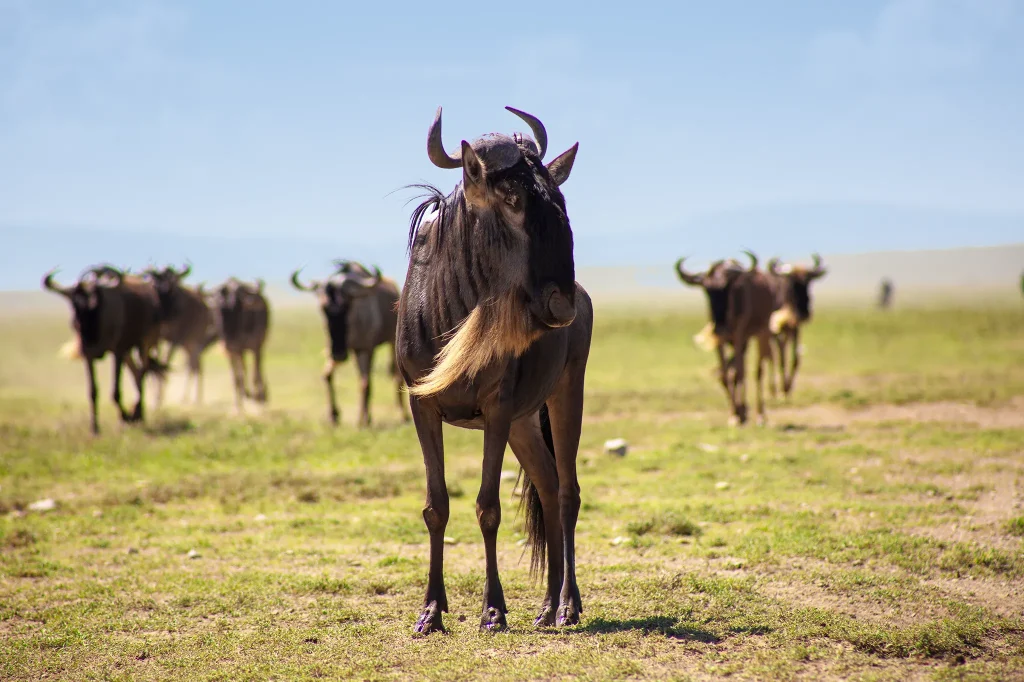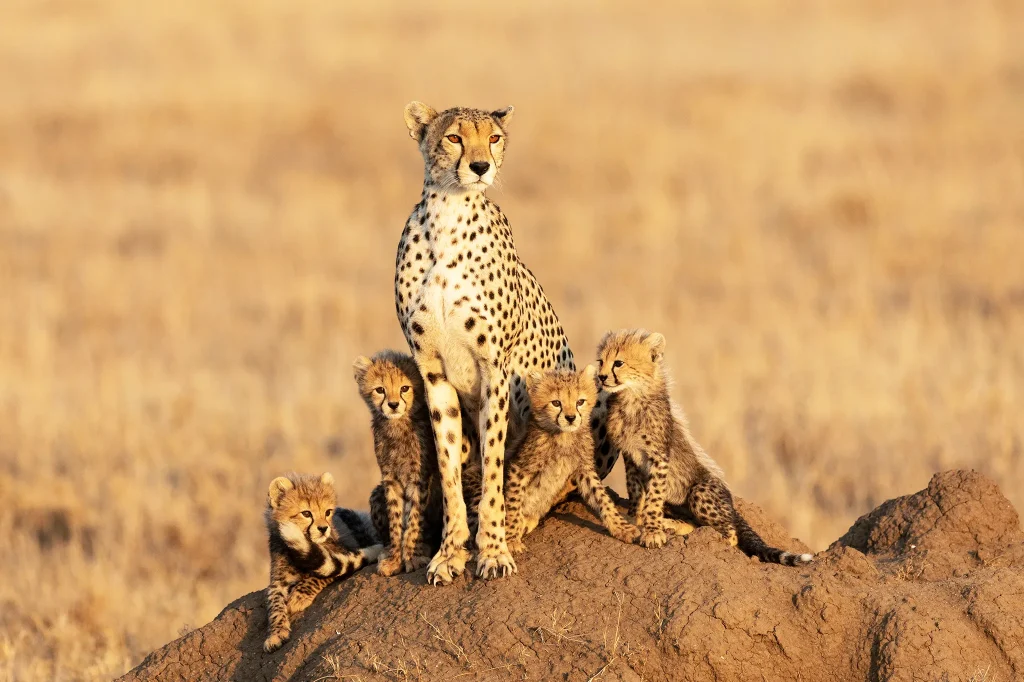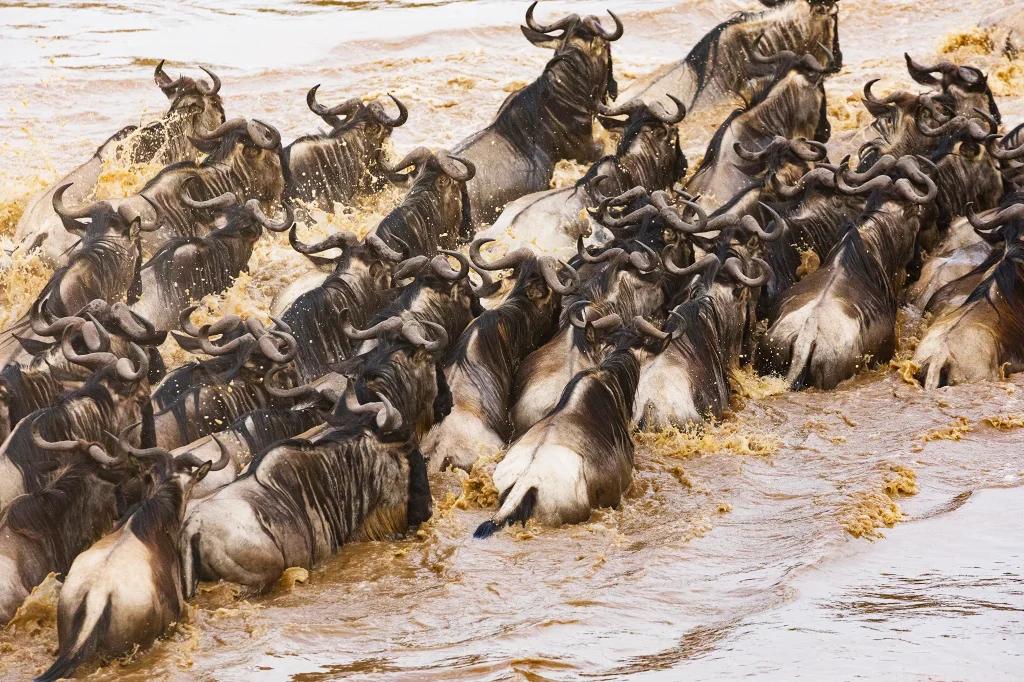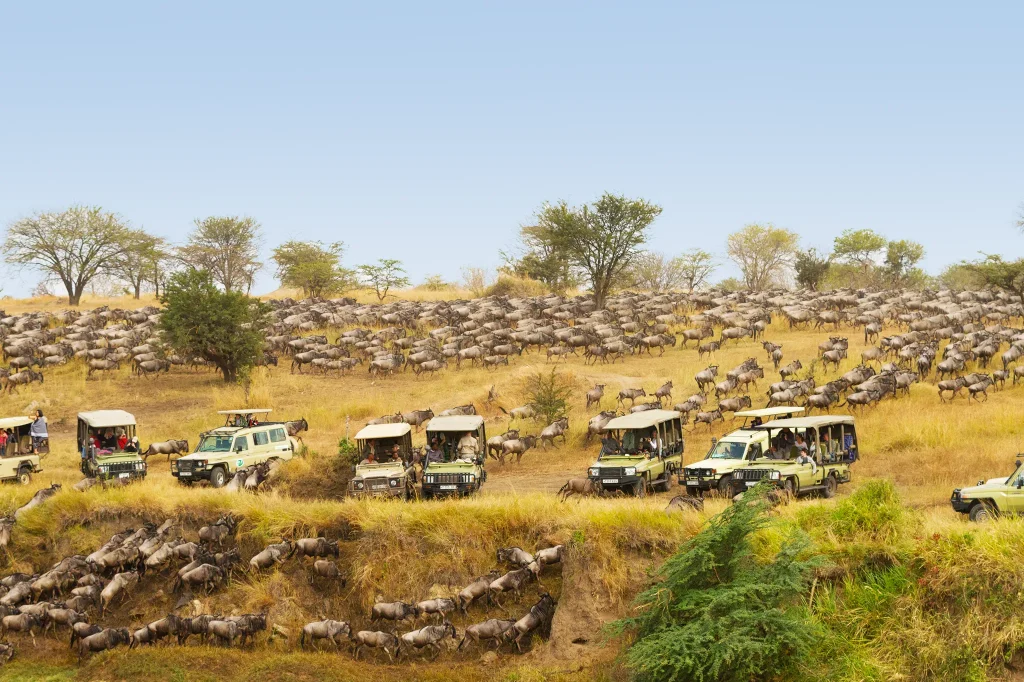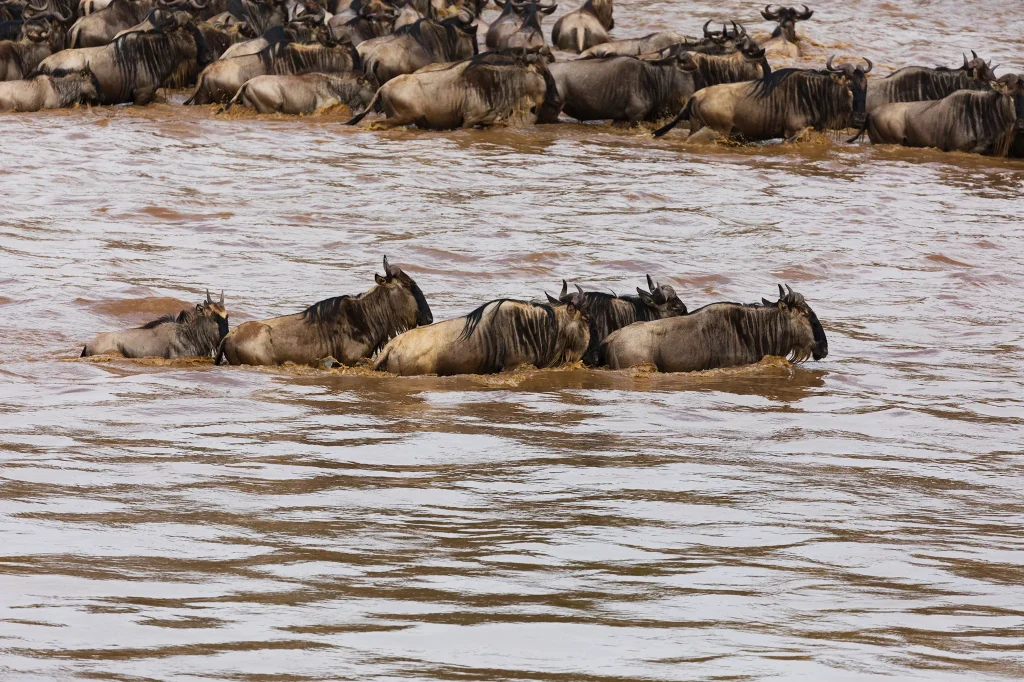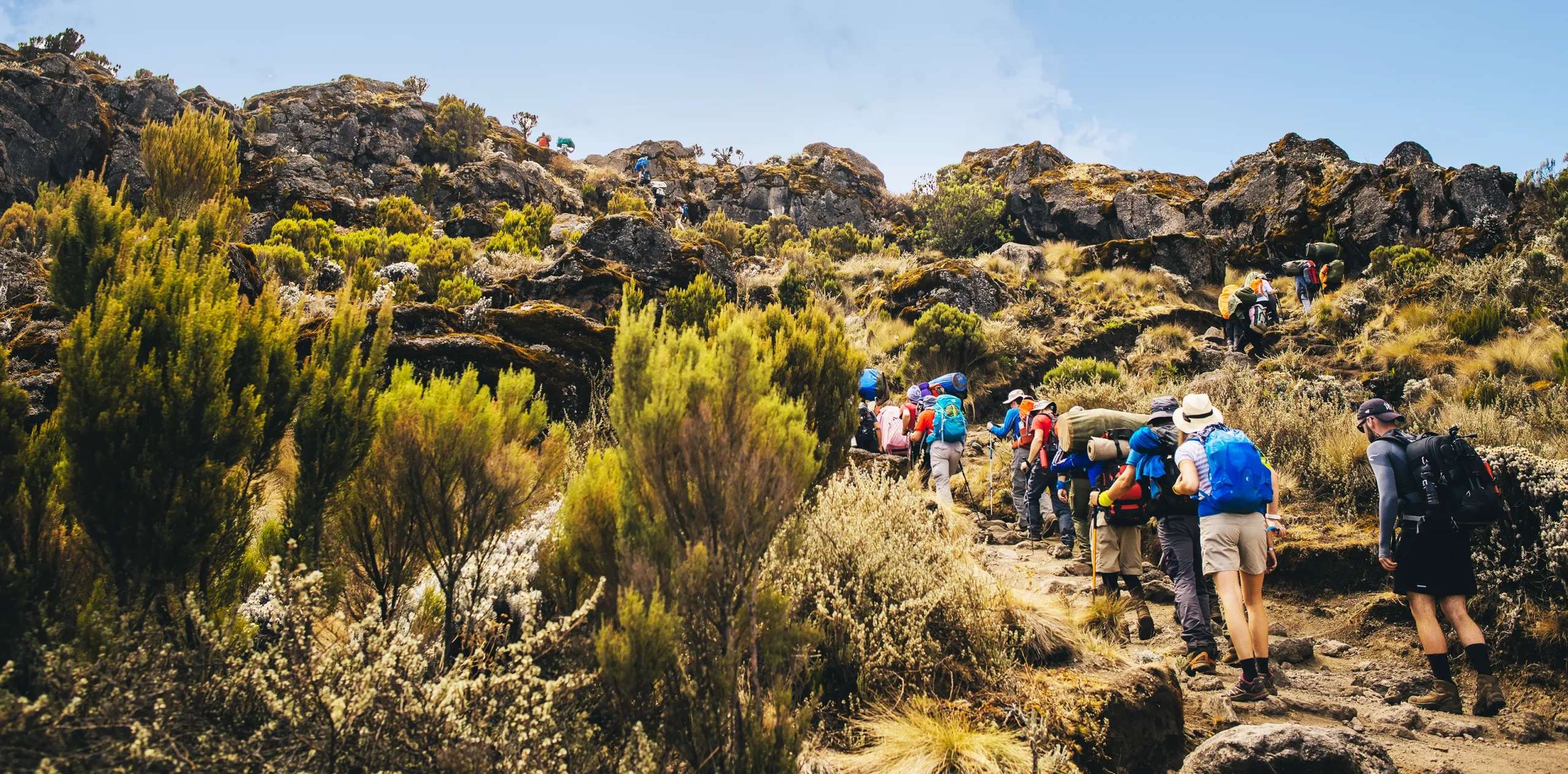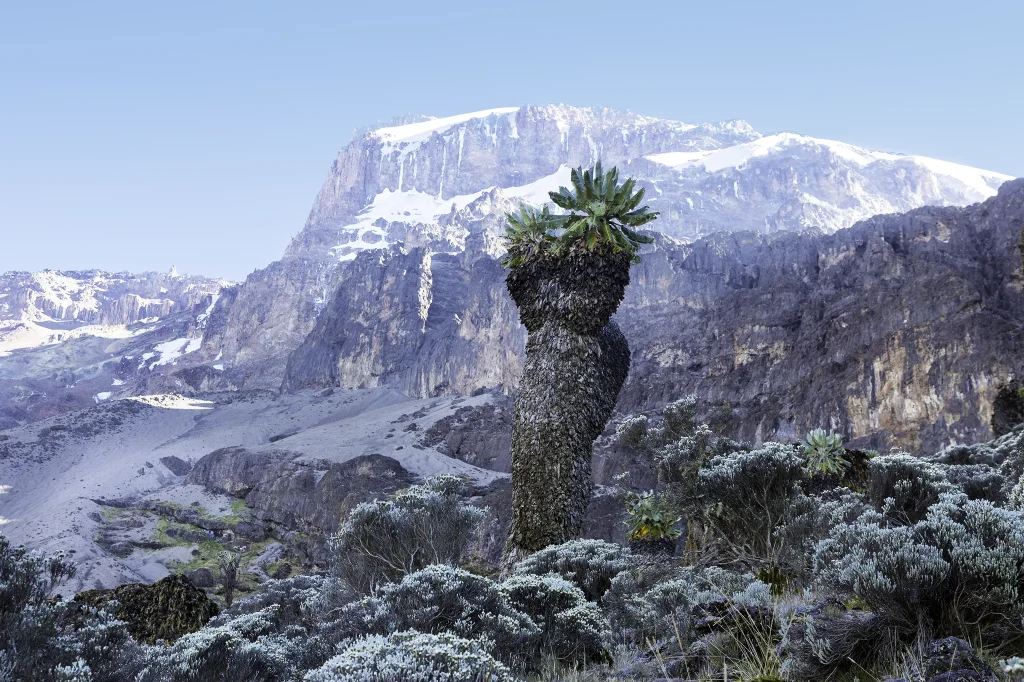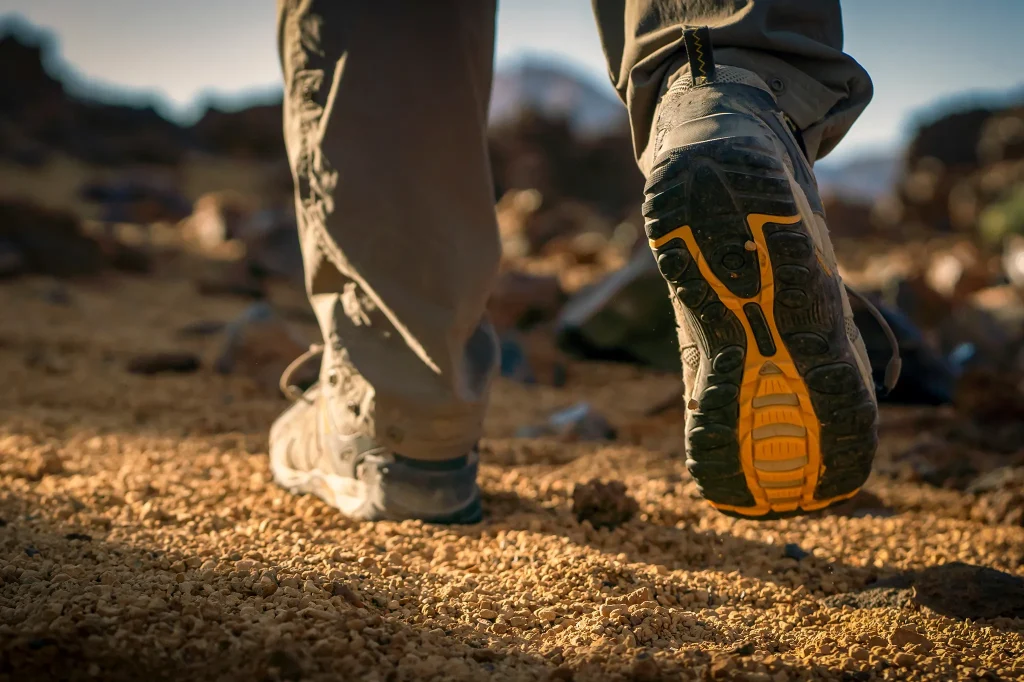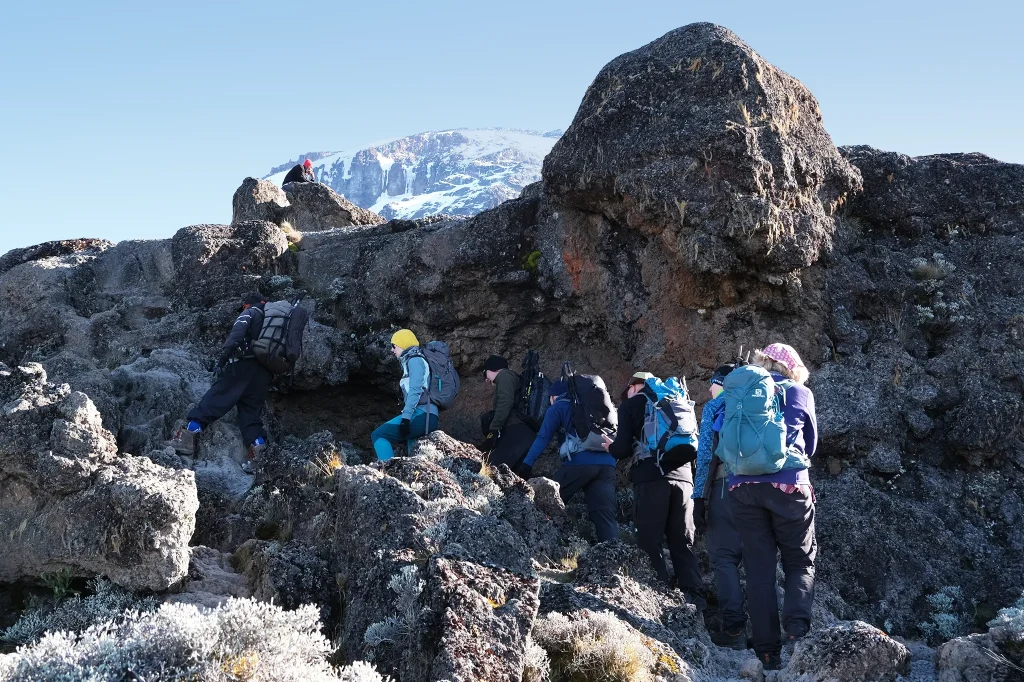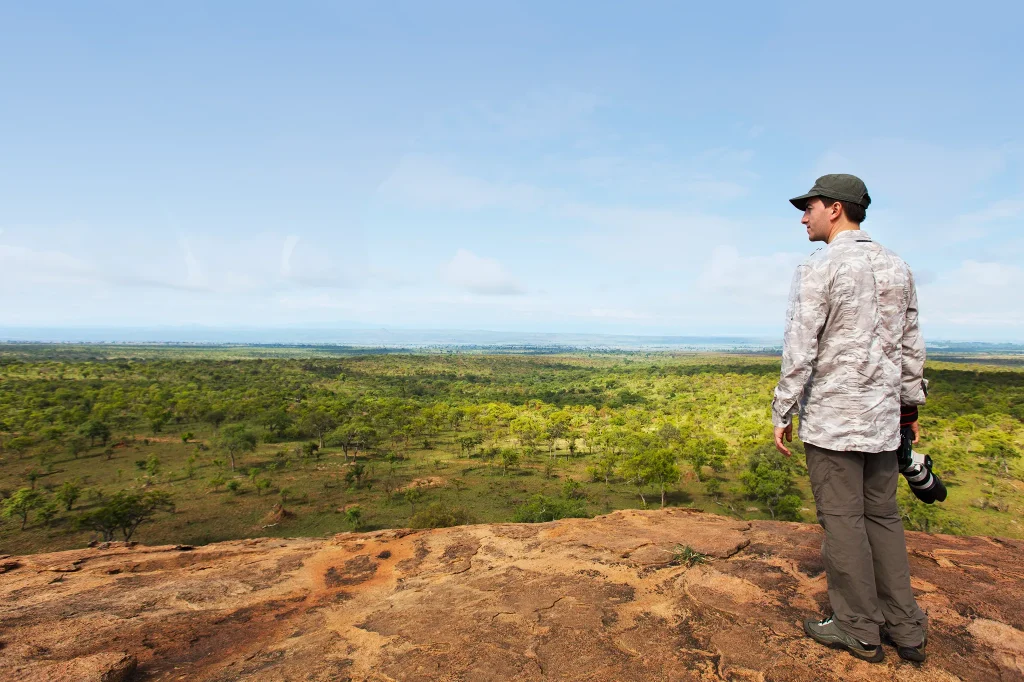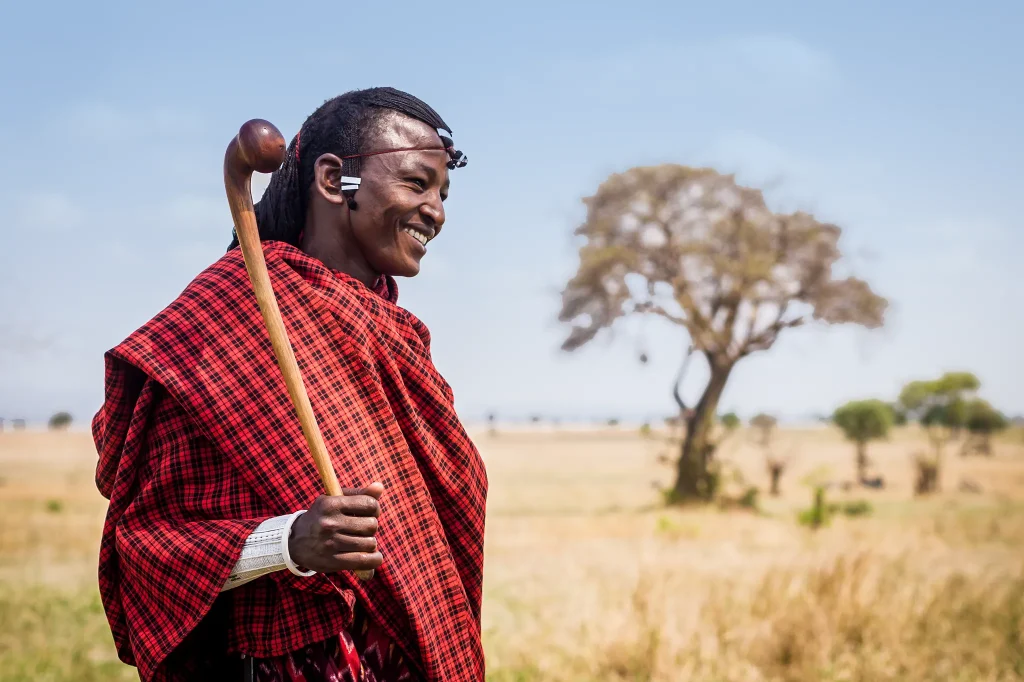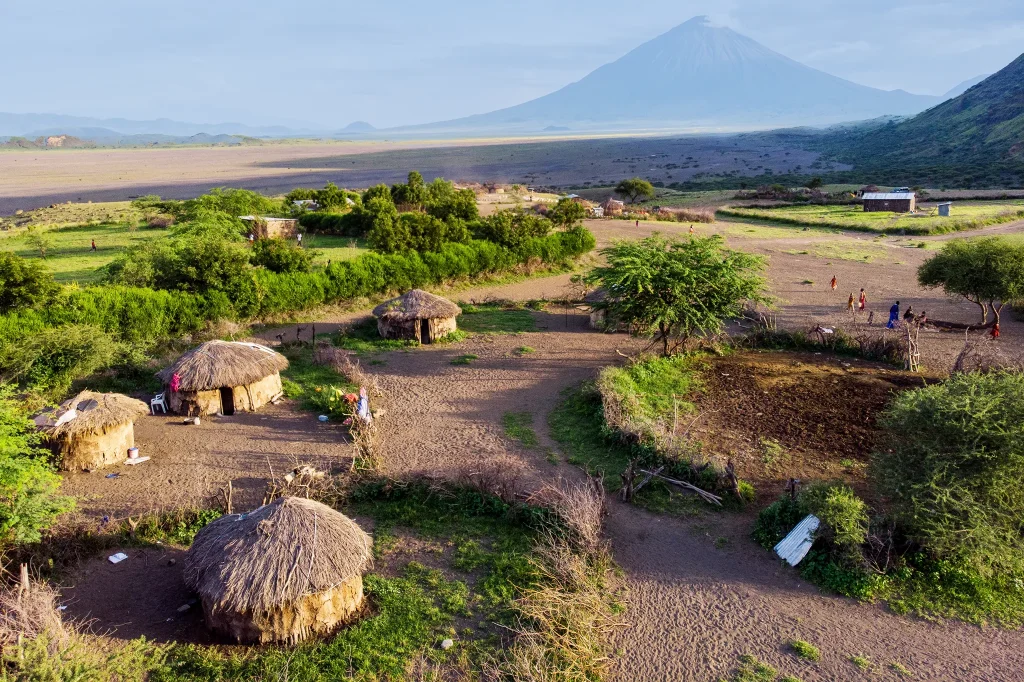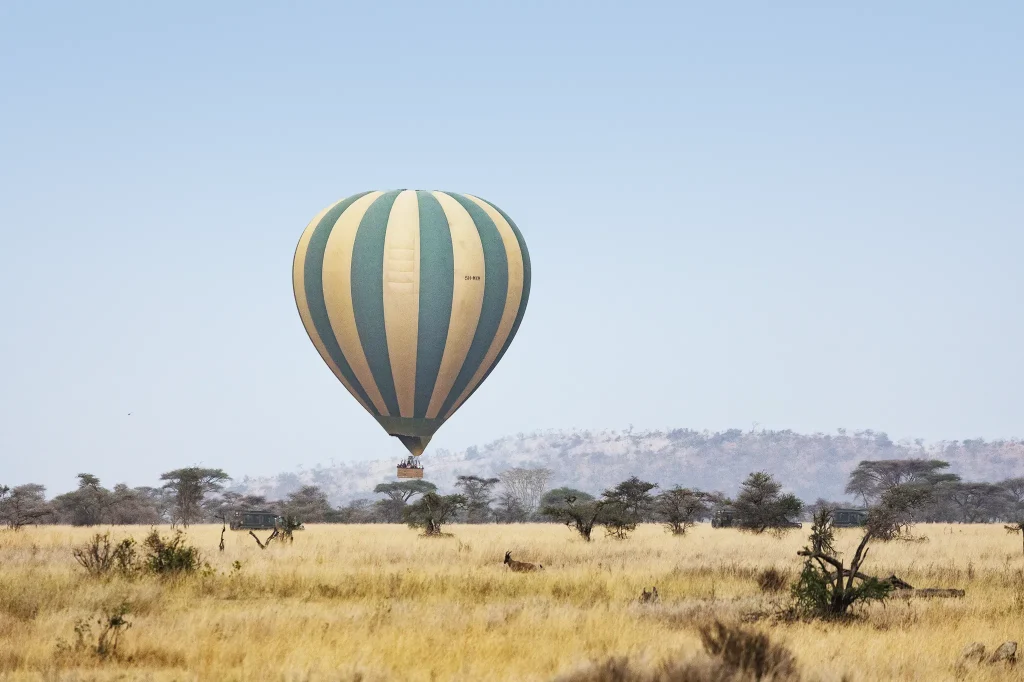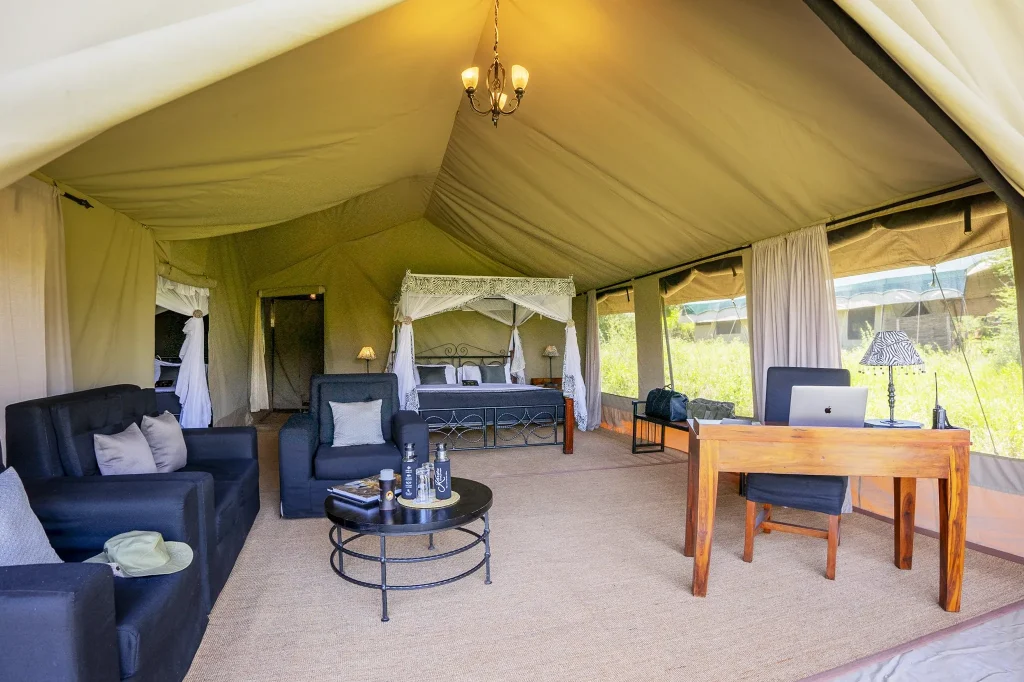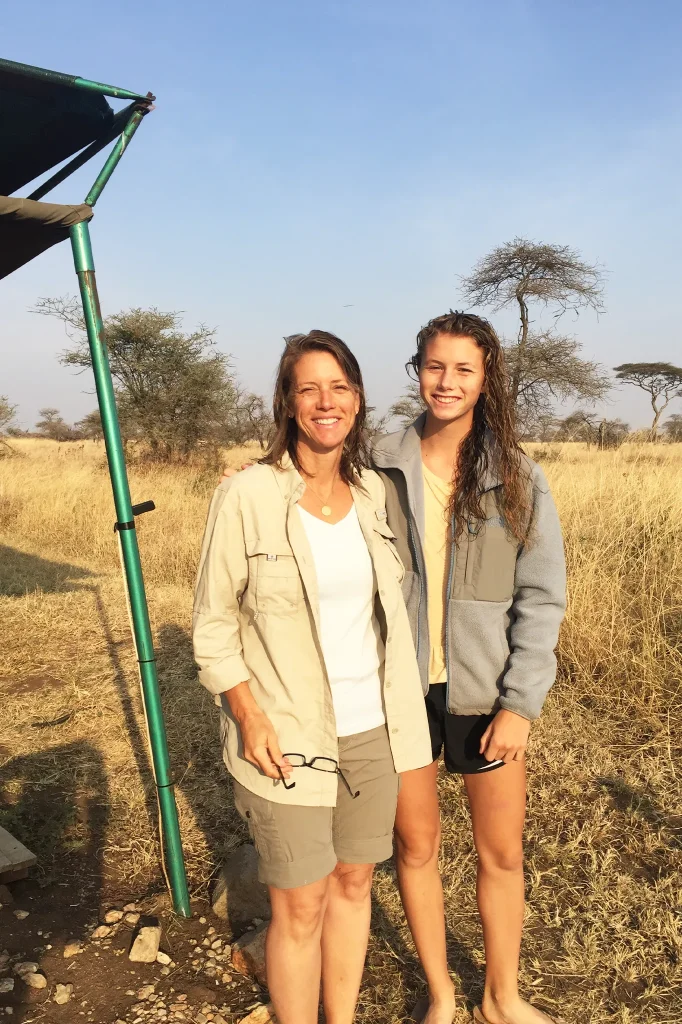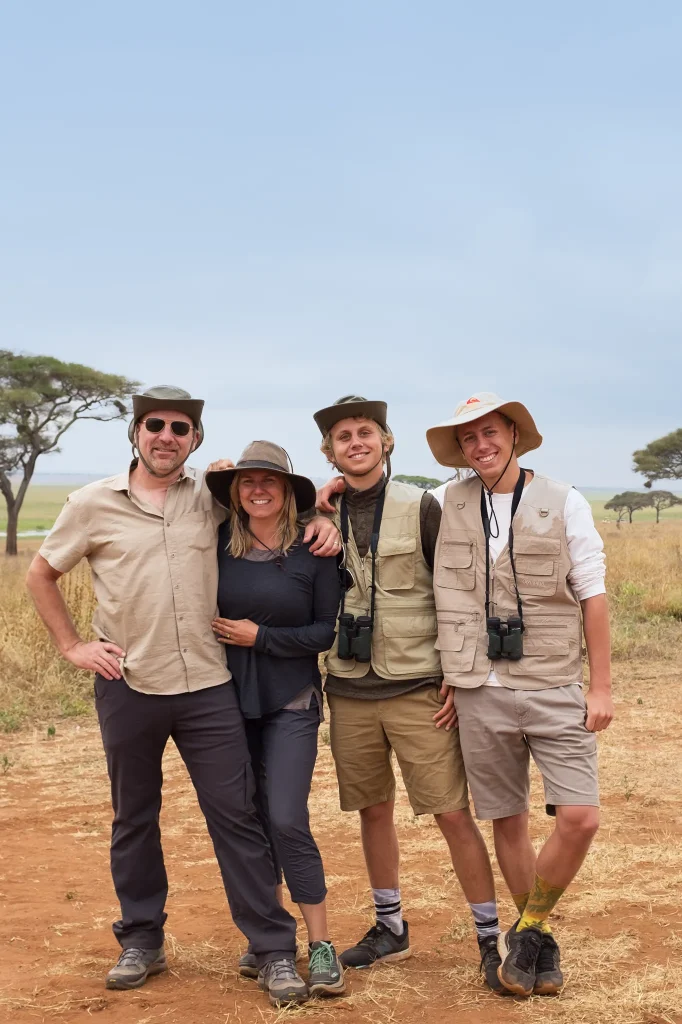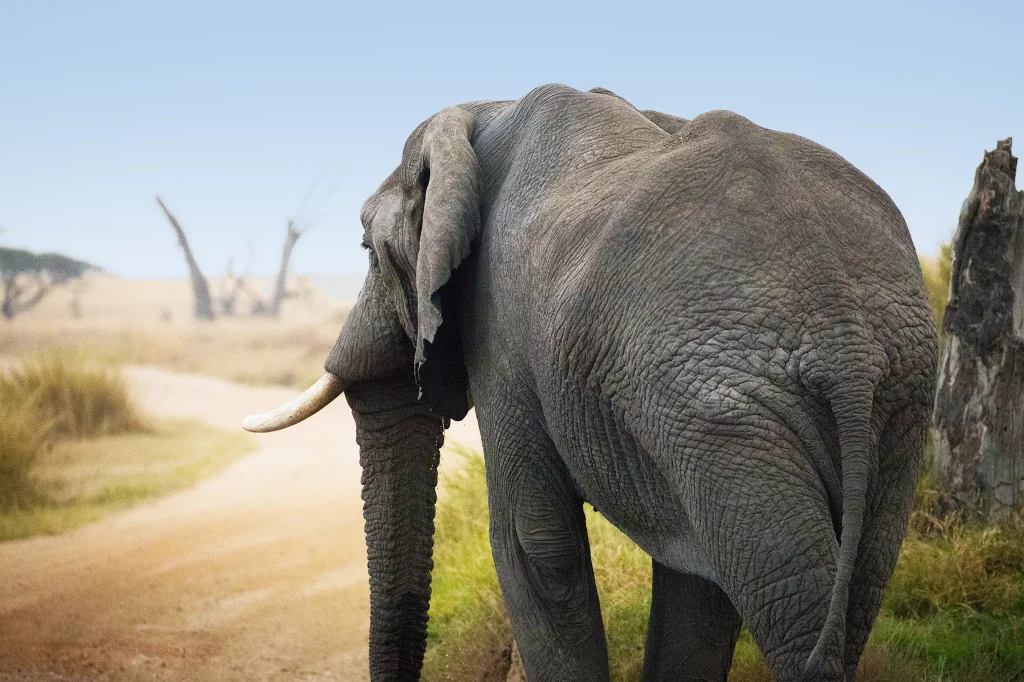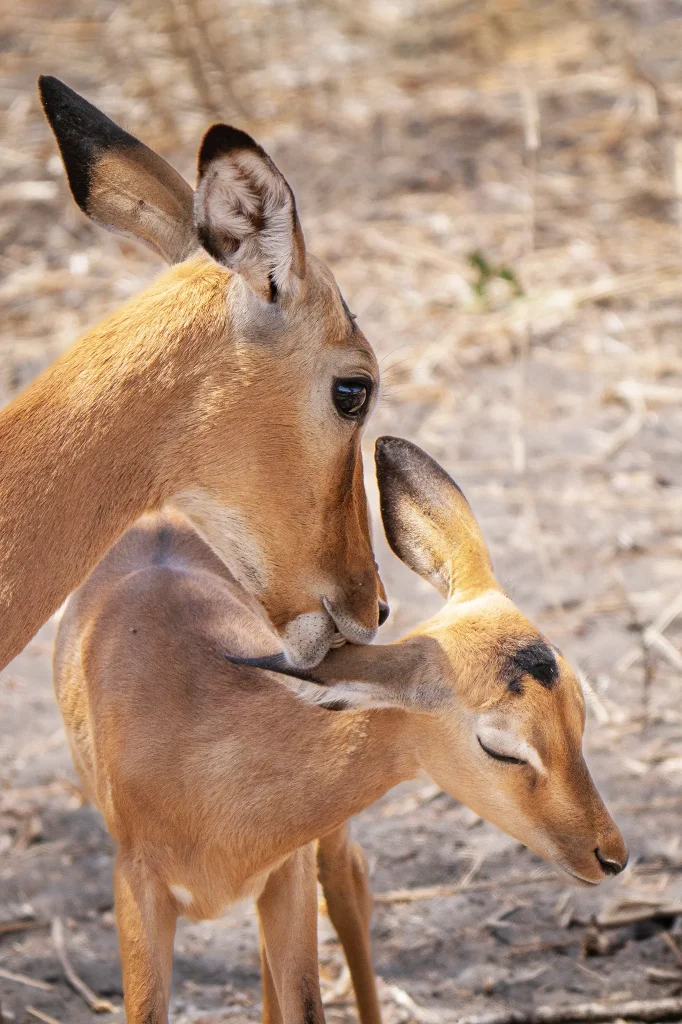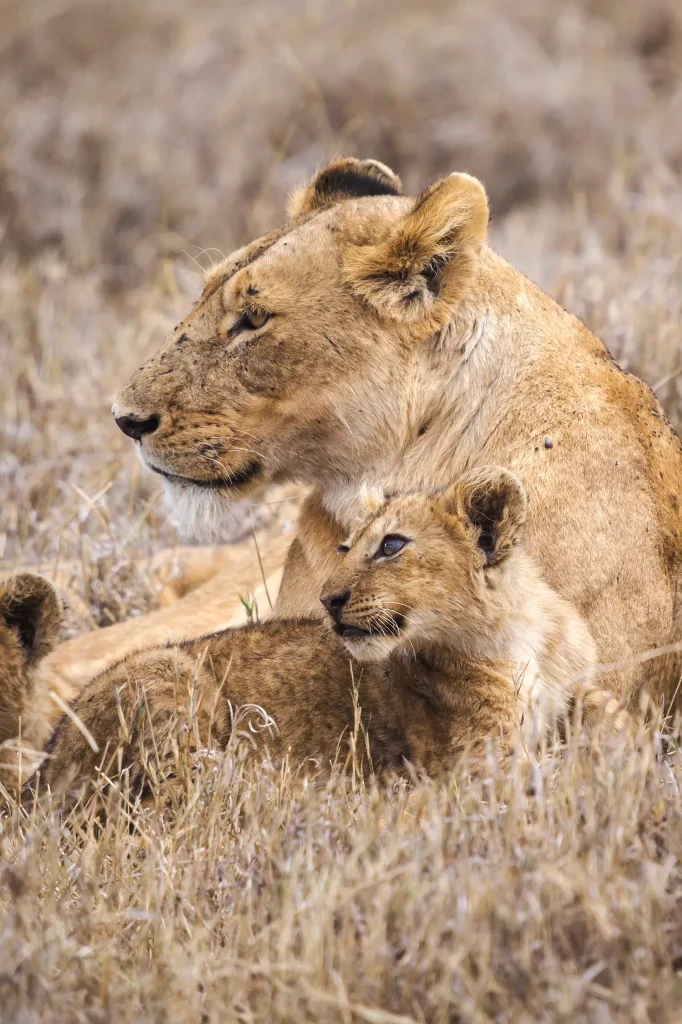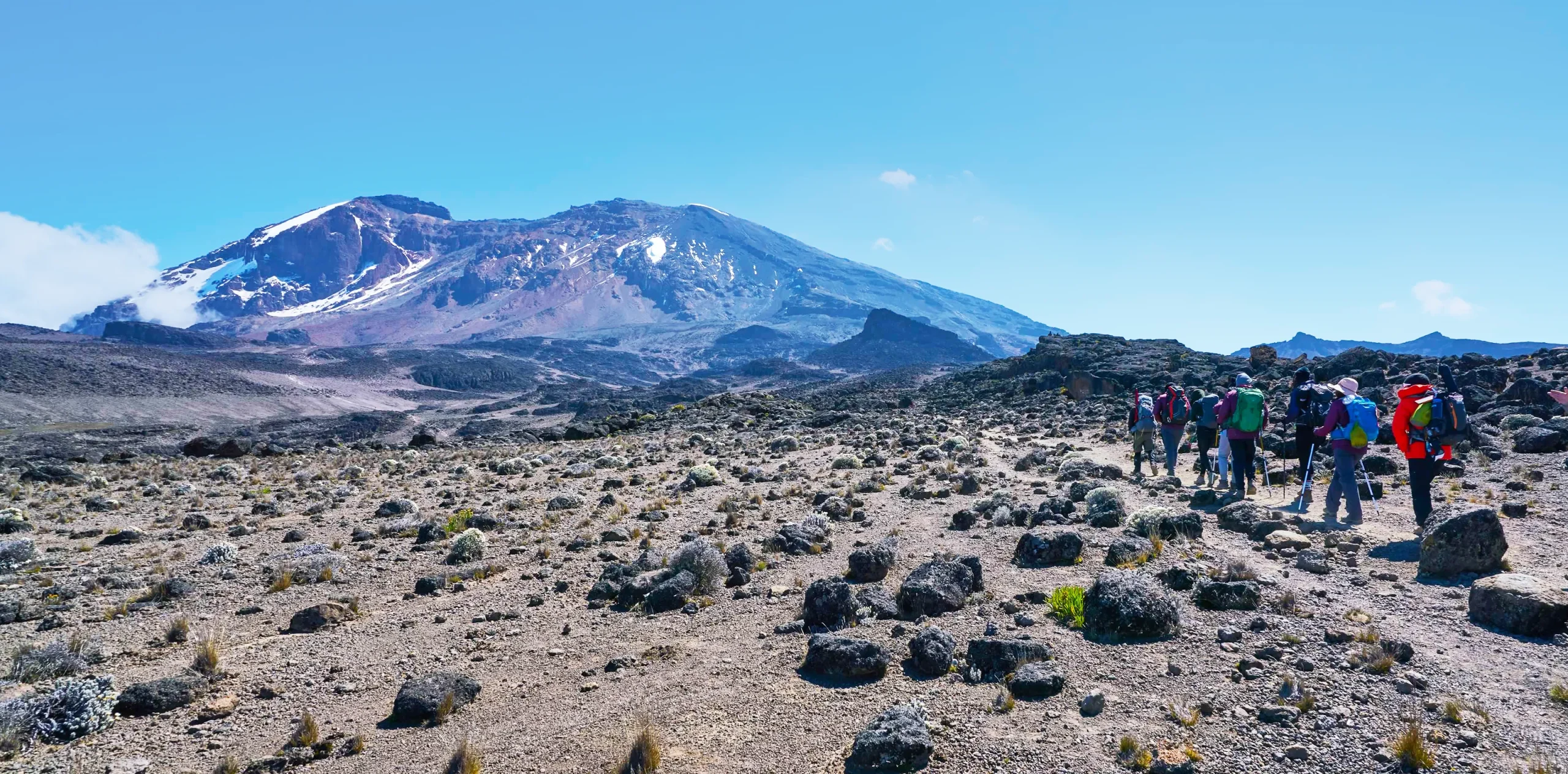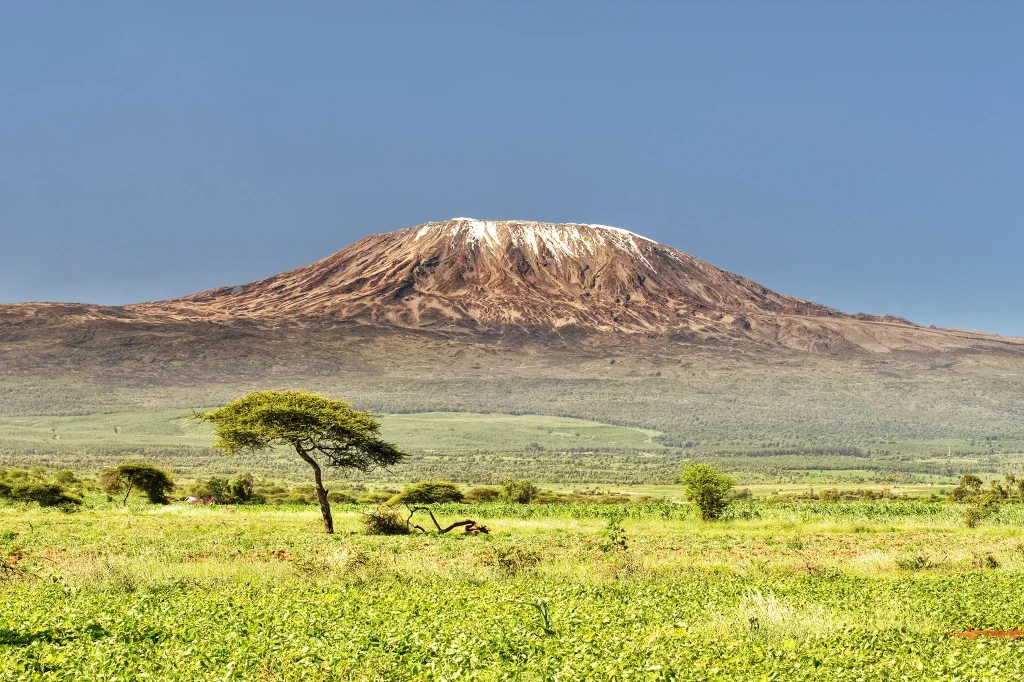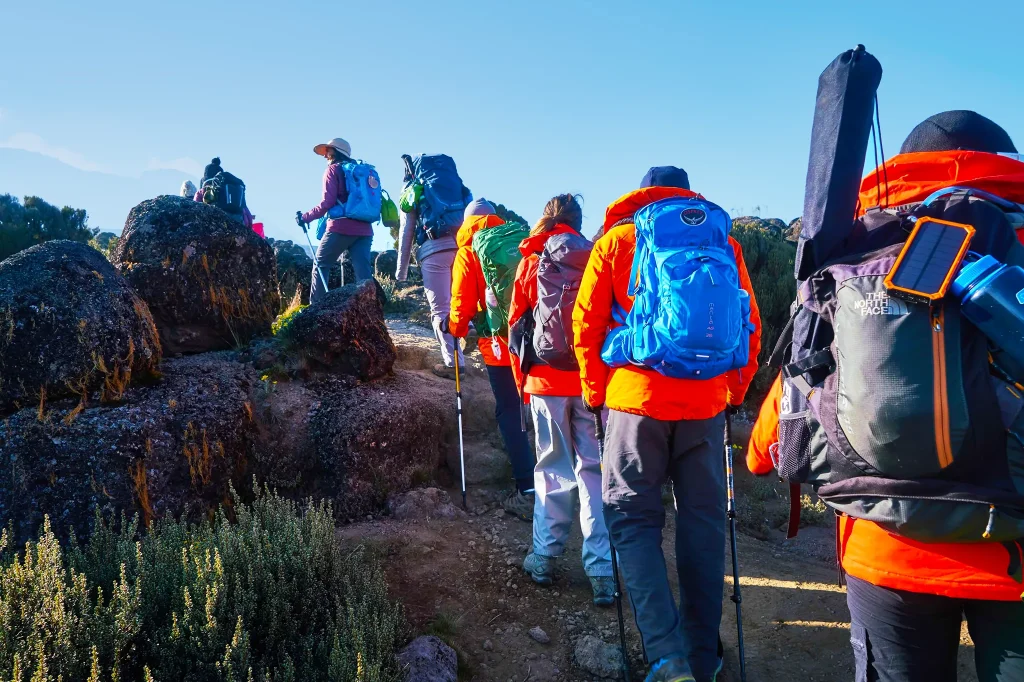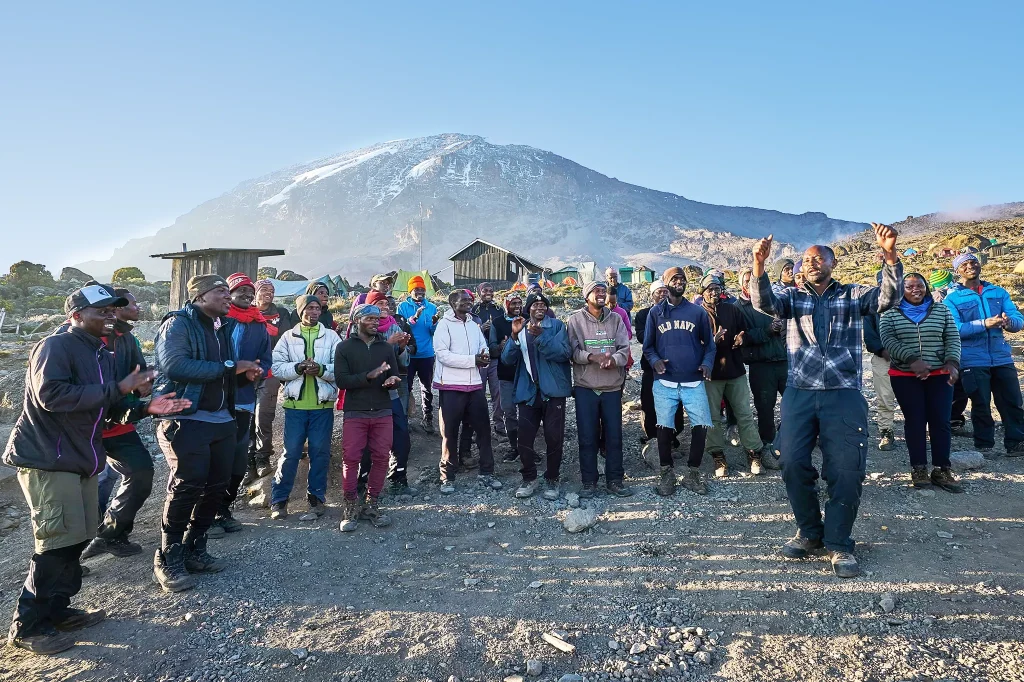The Northern Circuit Route is becoming so popular as it is the most scenic and longest route to climb Kilimanjaro. With its relatively low traffic and high success rate, the Northern Circuit Route offers an ideal opportunity to successfully summit the peak. However, Climbing Mount Kilimanjaro is challenging, and preparation is the key to ensuring a successful and safe journey.
You need essential gear and equipment, physical and mental preparation, and practical advice to ensure a safe and enjoyable climb. Whether you are an experienced climber or a first-timer, our tips will help you have a successful and memorable experience on Northern Circuit Route Kilimanjaro.
The northern circuit route has the lowest difficulty level of all the Kilimanjaro Routes. Although it is the longest route, the longer itinerary means it has the best acclimatisation profile, making the trek less difficult.
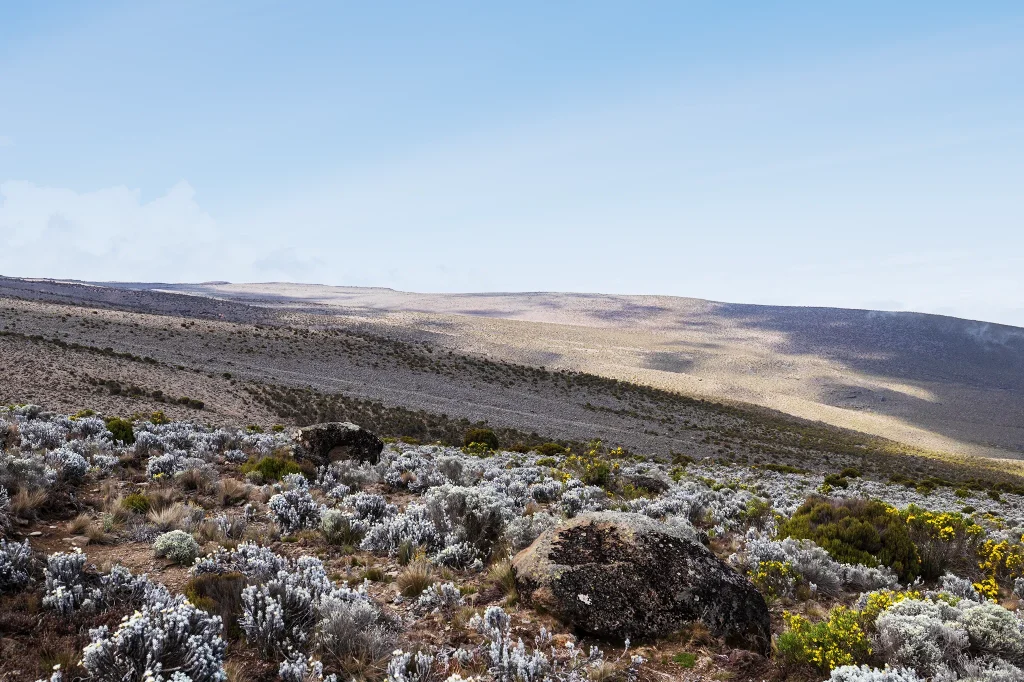
Why Choose the Northern Circuit Route?
The Northern Circuit Route is one of the newer routes to climb Mount Kilimanjaro. It is quickly becoming a popular choice for climbers seeking a less-crowded, scenic, and less physically challenging route.
So, reasons why you may want to consider the Northern Circuit Route for your Kilimanjaro Climb are:
Stunning Scenery
The Northern Circuit Route is the most stunning route to climb Kilimanjaro. It offers spectacular views of the mountain from different angles, and an opportunity to experience the unique landscapes of Kilimanjaro.
Less Crowded Route
Compared to other Kilimanjaro Climb Routes, the Northern Circuit Route has a lower number of climbers, making it a quieter and more peaceful climb. This means that you will have more privacy and intimate time to enjoy the mountain’s natural beauty and tranquillity.
High Success Rate
The Northern Circuit Route has one of the highest success rates for summiting Kilimanjaro, at around 95%. This is due to the long acclimatisation period, which reduces the risk of altitude sickness and increases the chances of success.
Remote and Wild
The Northern Circuit Route passes through some of the most remote and wild regions of Kilimanjaro, giving climbers a true wilderness experience. This is especially true on the first few days of the climb, which go through rarely visited areas, with a high likelihood of spotting wildlife like buffalo, elephants, and monkeys.
Good for Acclimatisation
The Northern Circuit Route has a more gradual ascent and a longer acclimatisation period, which is essential for climbers to adjust to the altitude and prevent altitude sickness. The route’s extra days also give climbers time to rest and recover, which helps improve overall health and energy levels, increasing the chances of a successful climb.
Take the longest route with the least rush, breathe better, see wilder, climb smarter — the Northern Circuit quietly wins the Kilimanjaro game with altitude and attitude.
Training and Preparation for the Northern Circuit Route
Kilimanjaro Northern Circuit Route requires cardiovascular and endurance training, altitude training, mental preparation, and proper gear and equipment. By preparing yourself physically and mentally, you’ll have a better chance of reaching the summit and enjoying a safe climb.
Altitude Training
Kilimanjaro’s high altitude can cause altitude sickness, which is why it’s essential to acclimate your body to the altitude before your climb. Consider incorporating high-altitude training into your fitness regimen. If possible, plan a pre-climb trek to other high-altitude locations, such as the Andes or the Himalayas.
Physical Preparation
Climbing Kilimanjaro is a physically demanding activity that requires a good level of fitness. In the months leading up to your climb, you should focus on improving your physical strength through regular exercise.
Mental Preparation
Climbing Kilimanjaro can be mentally challenging, especially during the summit push. You must prepare mentally by practicing visualization, positive self-talk, and meditation to help you stay focused and motivated.
Gear and Equipment
Make sure you have all the necessary gear and equipment, including warm clothing, proper hiking boots, waterproof clothing, a good quality sleeping bag, and a backpack. Proper gear and equipment will help ensure you are comfortable and safe throughout your climb.
Hire Experienced Guides
Climbing Mount Kilimanjaro can be dangerous if you do not have the right experience, skills, and knowledge. It’s crucial to hire experienced and knowledgeable guides who can help you navigate the route and keep you safe throughout your climb.
Northern Circuit Route Itinerary
Climbing Mount Kilimanjaro is worth visiting, and the Northern Circuit Route is the longest and most scenic route to climb Kilimanjaro. It takes around nine days to complete the climb, allowing for ample time for acclimatization and rest. The itinerary includes rest and acclimatisation days to help climbers adjust to the altitude, increasing the chances of a successful summit. It also takes you through some of the most beautiful parts of the mountain.
| Itinerary Days | Staying | Elevation Gain |
| Day 1 | Arrival | |
| Climbing Day 1 | Lemosho Trailhead (2,400m/7,880ft) to Big Tree Camp (2,800m/9,190ft). | 400m/1,310ft |
| Climbing Day 2 | Big Tree Camp (2,800m/9,190ft) to Shira 1 Camp (3,550m/11,650ft) | 750m/2,460ft |
| Climbing Day 3 | Shira 1 Camp (3,550m/11,650ft) to Shira 2 Camp (3,850m/12,650ft) | 300m/1,000ft |
| Climbing Day 4 | Shira 2 Camp (3,850m/12,650ft) to Moir Huts (4,200m/13,780ft) via Lava Tower (4,600m/15,090ft) | 750m/2,400ft |
| Climbing Day 5 | Moir Huts (4,200m/13,780ft) to Buffalo/Pofu Camp (4,020m/13,190ft) | 180m/590ft |
| Climbing Day 6 | Buffalo/Pofu Camp (4,020m/13,190ft) to Third Cave Camp (3,870m/12,700ft) | 150m/490ft |
| Climbing Day 7 | Third Cave Camp (3,870m/12,700ft) to School Huts (4,750m/15,580ft) | 880m/2,880ft |
| Climbing Day 8 | School Huts (4,750m/15,580ft) to Uhuru Peak (5,895m/19,340ft), then descending to Mweka Camp (3,110m/10,200ft) | 1,145m/3,760ft |
| Climbing Day 9 | Mweka Camp (3,110m/10,200ft) to Mweka Gate (1,830m/6,000ft) | 1,280m/4,200ft |
| Day 10 | Departure |
Tips for a Successful Climb Via The Northern Circuit Route
Here are tips and tricks below to climb the Northern Circuit Route on Kilimanjaro. Follow them for a safe and successful summit of the mountain.
| Tips | Explanations |
| Start slow and pace yourself. | Don’t rush or push too hard, take breaks and listen to your body. |
| Stay hydrated and eat well. | Drink plenty of water and eat high-energy foods to fuel your climb. |
| Dress in layers | Be prepared for fluctuating temperatures and changing weather conditions. |
| Use trekking poles | Reduce stress on your joints and improve balance and stability. |
| Practice good hygiene | Stay clean and healthy to avoid altitude sickness and other illnesses. |
| Stay positive and enjoy the journey. | Focus on the experience and the incredible natural surroundings. |
| Respect the mountain and its ecosystem. | Leave no trace and follow responsible climbing practices. |
Altitude Sickness and Health Concerns
Altitude sickness is a common concern for those who climb high-altitude Mountains, including Mount Kilimanjaro. It occurs when the body is unable to adjust to the decreased oxygen levels at high altitudes.
Symptoms can include headache, vomiting, nausea, dizziness, shortness of breath, and difficulty sleeping. In more severe cases, altitude sickness can lead to life-threatening conditions that require immediate medical attention.
To reduce the risk of altitude sickness on the Northern Circuit Route, it is essential to properly acclimatize to the higher altitudes. This means taking enough time to climb and sleeping at a lower altitude to allow your body to adjust. It’s also important to stay hydrated and eat enough food to maintain your energy levels.
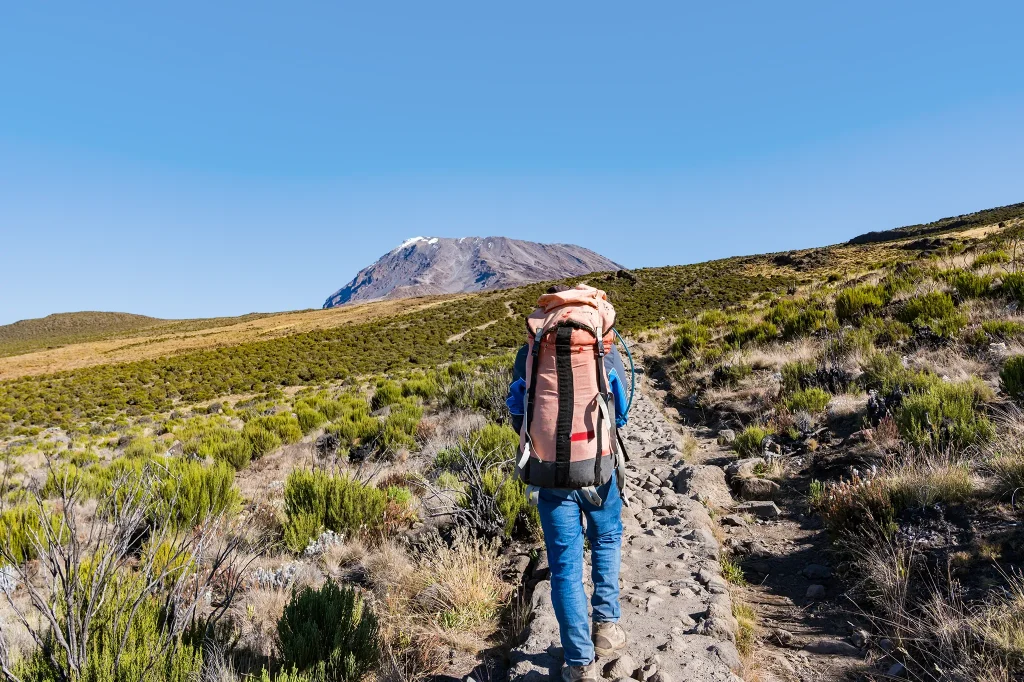
Weather and Climate Considerations
The climate of Kilimanjaro varies with altitude and the time of year. At lower elevations, the weather is generally warm and wet, while at higher elevations, it’s cold and dry. The best time to hike the Northern Circuit Route is during the dry season, which runs from December to February and from June to September. The weather is generally clear and dry during these months, with sunny days and cool nights. This makes for good hiking conditions and clear views of the mountain.
Ready To Climb Via the Northern Circuit Route!
Climbing Kilimanjaro’s Northern Circuit Route requires careful planning and preparation. With the right mindset, the right gear, and the assistance of a reputable tour operator, climbers can increase their chances of success.
If you are also heading for a successful climb on the Northern Circuit Route, you can choose us as your guide. We at African Scenic Safaris will make your itinerary unforgettable.


